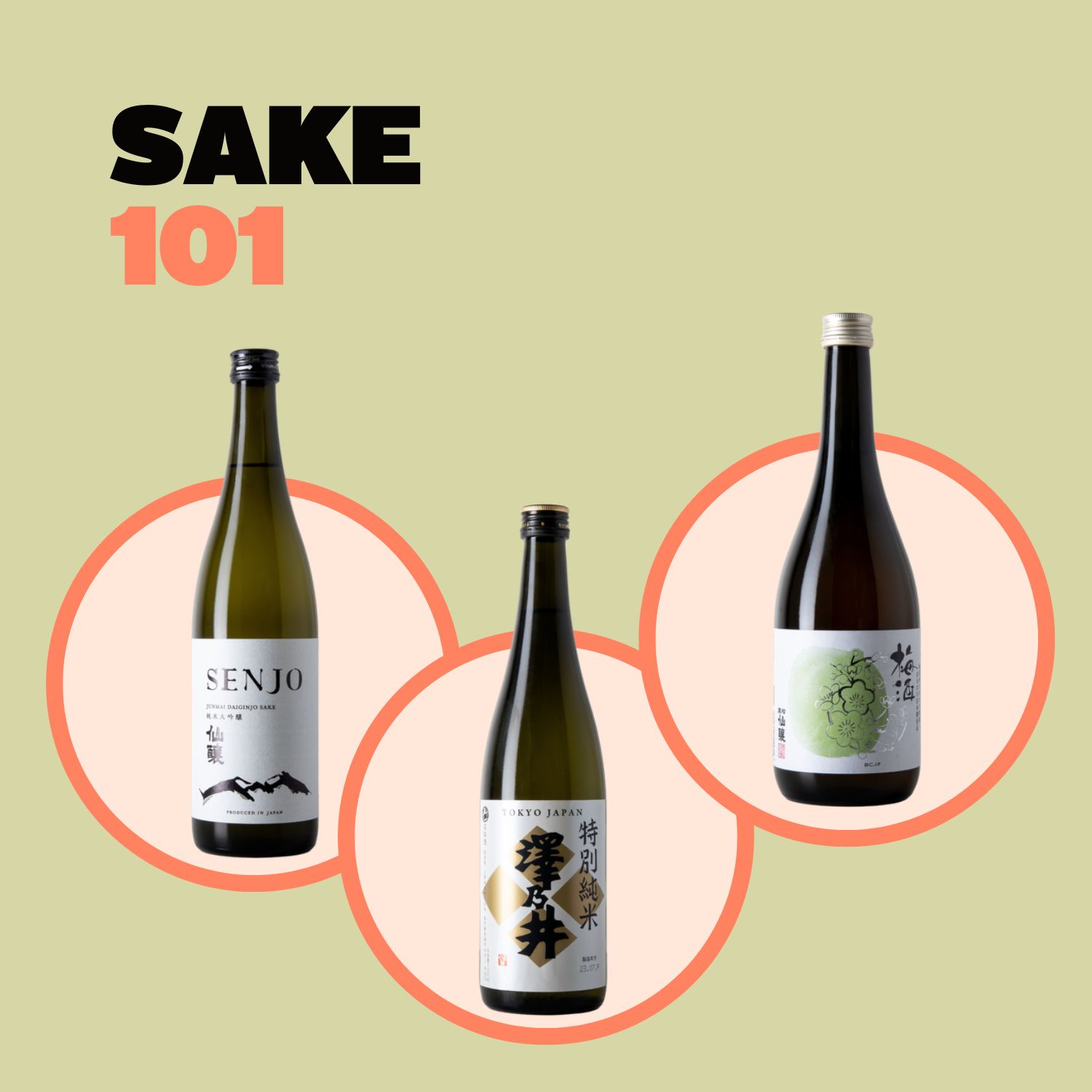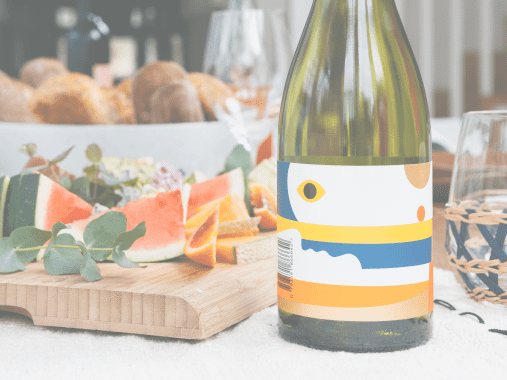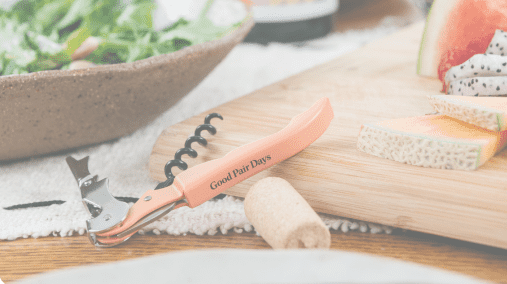

3 bottles of super sake – $133 inc. delivery!
Sake 101
What is sake?
Sake is a traditional Japanese alcoholic drink made from fermented rice that has been enjoyed for centuries in Japan and all around the world. In fact, while its exact origin is a bit of a mystery, it's believed that the process of turning rice into alcohol made its way to Japan from China around 500 BCE! Even though sake is often referred to as rice wine, it's actually made through a brewing process that’s more similar to beer. Instead of fermenting sugar from fruit like wine, sake is made by converting starch into sugar and then into alcohol. But sake doesn't have that much more in common than that with beer. Sake is made from rice, water, koji, yeast and sometimes brewer's alcohol. Beer is made from grains such as barley or hops (and yeast). Sake also undergoes a two-step parallel fermentation process, while beer and wine (except for some sparkling wines) have a single-step process. So the art of making Sake is truly one of its own. Sake can range in flavour from crisp and clean to rich and fruity and is often served with Japanese cuisine. Compared to wine, it tends to have higher levels of alcohol (13-20% ABV), a fuller rounder body, and much lower levels of acidity. Sake also doesn't have tannin and is very rarely built to age.
3 super sake to try
In this special pack, you'll enjoy: 1. Senjo 'Prototype' Junmai Daiginjo 2023 (Fruity modern sake) Prototype is a special sake, one that took over four years for the brewery to perfect. The challenge lay in layering the sweet notes you find alongside the round and smooth mouthfeel. It is lifted, aromatic and floral, with notes of green apple blossom, pear and fresh leaves. The palate is viscous and round, with the sweetness of tropical fruit flavours balanced by plenty of acidity. Pure, juicy and delicious! 2. Ozawa Shuzo 'Special Junmai' 2023 (Classic traditional sake style with no added alcohol) Junmai means "pure rice", and is a type of sake that is made with only four ingredients: rice, water, yeast, and koji. It is considered a pure form of sake because it does not contain any added alcohol or other ingredients. This Ozawa Shuzo sake is made using a single variety of rice - the impossibly named Gohyakumangoku - and it has a wonderful balance between dryness and fruitiness. With a rich flavour, it is mellow, ever-so-slightly sweet and medium-bodied. In recent years, the brewery has begun using their own special yeast to ferment this sake, adding further local flavour. Tropical, gentle and very appealing! 3. Senjo 'Umeshu' 2023 (Unique and seriously delicious sweet sake) This is something really special - plum wine, aka umeshu. 'Ume' is Japanese for 'plum', and the plums used here come from southern Shinshu, a well-known area for high quality fruit. They are infused into a light, traditional sake for just over a year, and have a small amount of sugar added. Highly aromatic, with a refreshing tartness and mild sweetness, this is both complex and delicious. Drink either as an aperitif or with dessert.
One more thing about sake...
In general, it's best to serve your sake chilled! Though you may recall seeing sake served warm at a local Japanese joint, it is more of a tradition than a modern approach to enjoyment. Historically, sake was served warm to intentionally mask some of the characteristics considered unappealing and less refined. But with an overflow of new modernised sake-making techniques and technology, it’s simply no longer the case! Today’s sake is much higher quality, more delicate in style and refined in flavour. Serving it warm would mask this intended character. Serving it with a chill preserves its elegance and allows it to express itself with more finesse! So… how chilled? Slightly. Think similar to full-bodied white wine, which is around 12°-15°. Also, note that serving it too cold (below 8°C) can conceal its delicate flavours. So it’s about finding that goldilocks perfect spot in the middle where the Sake can shine. And in this case, you get to be Goldilocks. Like wine, play around with the temperature and see what you like best! You may even notice you enjoy different styles of sake at slightly different temperatures.




















